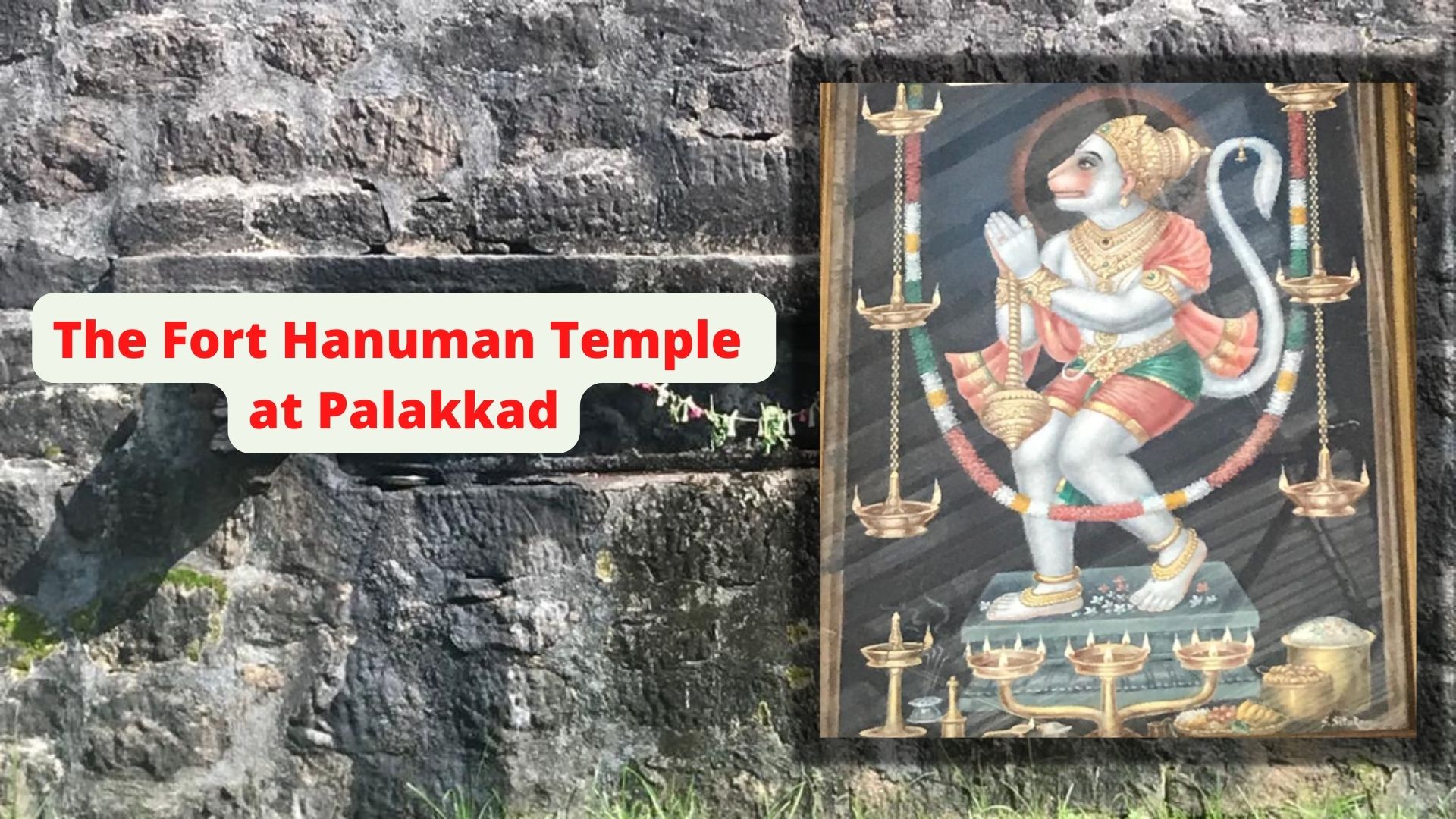
" Hari Sarvottama , Vayu Jeevothama " The followers of Madhvacharya have uncovered this Universal Truth. They are really blessed because of the grace of the ' Munithrayas ' , meaning the three sages, Madhavamuni ( Madhvacharya , Jayamuni ( Jayatirtha ) and Vyasamuni ( Vyasaraja ). Mukhya Prana or Vayu had incarnated as Lord Hanuman. This deity incarnated as Bhima during the Dwapara Yuga and was reborn as Madhavacharya during the Kali Yuga. Lord Vayu has thus blessed our Chaturyuga in a big way.
Palakkad is a famous city in Kerala. It is the headquarters of a district bearing the same name and is the rice bowl of Kerala. This city is located in a gap which exists in the Western Ghats. It was known as Palakka those days. The Prayagraj inscription talks about the conquest of Palakka by Samudra Gupta ( 330 - 380 AD ). Therefore , Palakkad has been a historic location. The place has been home to a military garrison for several centuries. A fort has existed in Palakkad for a long time. This fort was refurbished by Hyder Ali of Mysore in the year 1766. It was inherited by his son Tipu Sultan thereafter. Several battles were fought in Palakkad and these were between the English East India Company and the father , son duo - Hyder Ali and Tipu Sultan.
The ancient fort is unfortunately labeled as ' Tipu's Fort '. It had existed for a long time and would be better known as the Palakkad fort. My friend Arumaikkarar S.A.Balasubramaniam and myself made a visit to Palakkad recently. It was a complete surprise. He wanted to go for a drive and have some parottas at A2B in Navakkarai on Palakkad road. However our quest took us to the fort at Palakkad. The city exists in the gap found in between the Western Ghats. This gap is known as the Palakkad. The place is also known as Palghat.
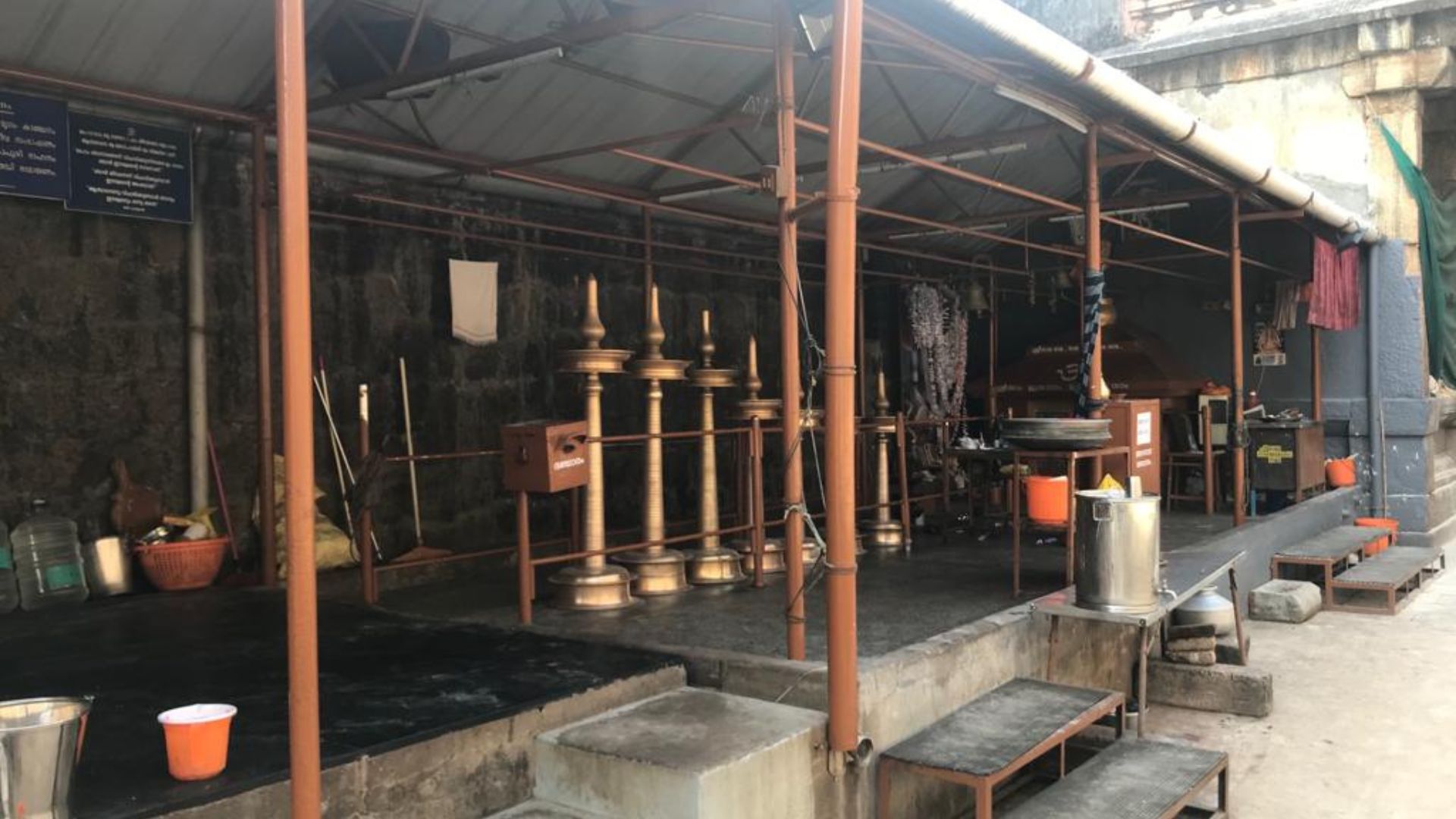
A gust of wind has been flowing through the Palakkad gap into Coimbatore in Tamilnadu. Coimbatore is thus blessed with a salubrious weather. The wind brings in a moist cool breeze into the rain shadow region. Coimbatore's weather is thus a gift from Palakkad. Balu Anna ( Arumaikkarar S.A.Balasubramaniam ) and myself went to the fort at Palakkad and decided to spend some time over there. The structure has been kept well by the ASI ( Archeological Survey of India ). Nice gardens and walkways are adding to the beauty of the fort.
We purchased tickets in order to enter the fort. The tickets were priced at Rs.25 per head for cash and was Rs.20 for cashless payments ! It was interesting to see Modi's digital India taking a good shape. Well, the fort has seven bastions and a lovely moat. These moats would have been infested by crocodiles those days. These crocodiles were meant to deter enemies from entering the fortress. The imposing entrance and the lovely pathways in the fort were captivating. Both of us walked on the ramparts and entered each of the bastions.
A number of big trees were adding to the beauty of the fort. This fort had housed a prison, offices and a well. A government office is located within the fort. Balu Anna and myself took a number of pictures and videos inside the fort. We saw a number of visitors from places like the nearby Thrissur enjoying the spots within the fort. Some visitors have been unkind to the structure. Their nature has been expressed through the scratches created on the walls during their visits.
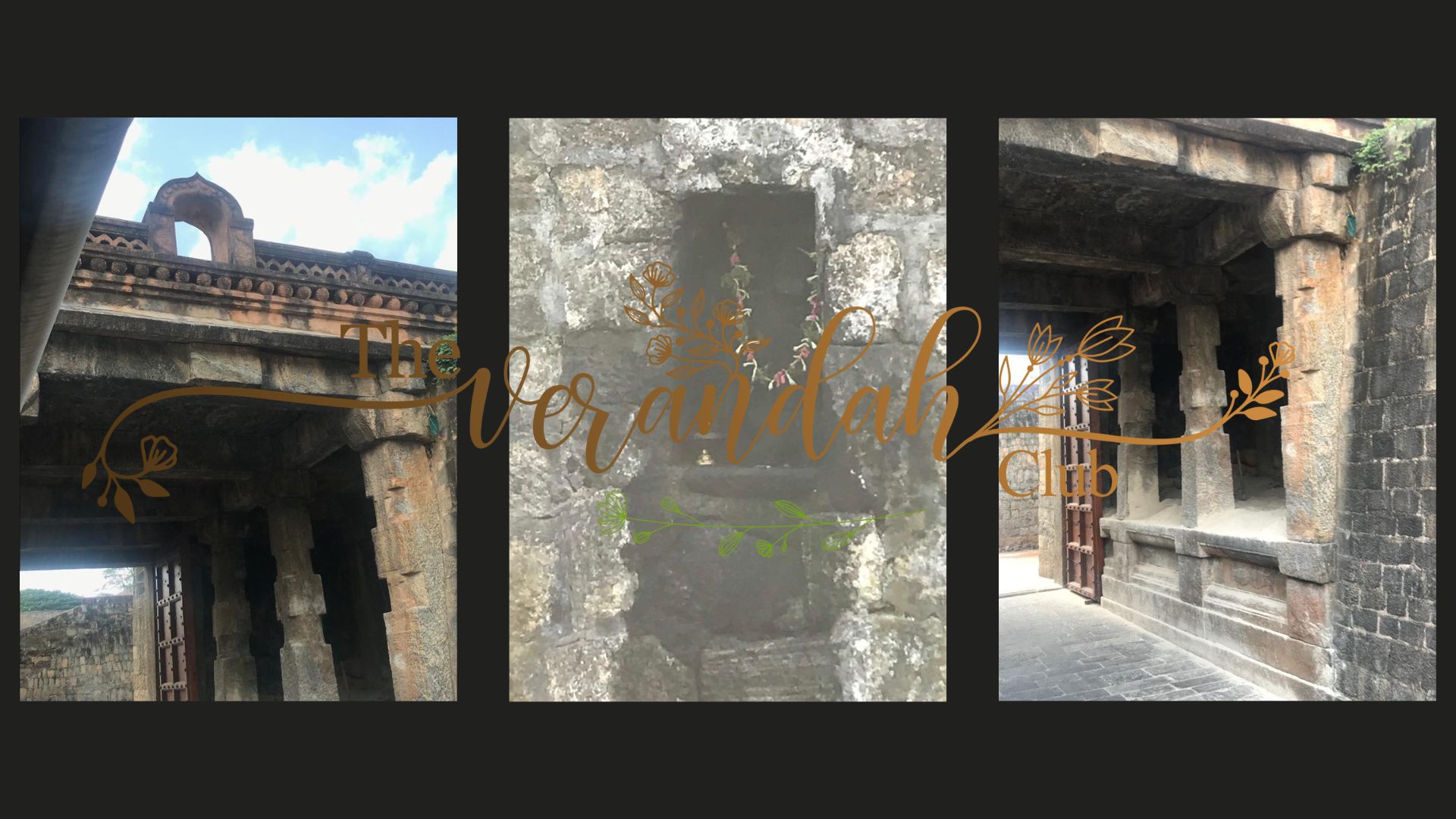
Balu Anna and myself were impressed with the fort and were happy to see a stone ' Gajalakshmi ' and ' Ganesha ' within the fort. It was definitely the work of people who had built the fort long before the advent of Hyder Ali and Tipu Sultan. The son was known to be antagonistic towards Hinduism. Records are replete with the wrong doings of Tipu. In fact the book ' Tipu Sultan - The Tyrant of Mysore ' by Sandeep Balakrishna is a veritable document which carries the details connected with the violent anti Hindu activities of Tipu Sultan.
The Fort Hanuman Temple is a must see here. A lovely icon of Lord Hanuman is found near the entrance. This tiny Hanuman was decorated with some lovely flowers and a ' Vadai Malai '. The fragrance from the combination was wafting through while we offered our prayers. A silver sheet emblazoned with the image of Lord Rama can be seen in this old shrine. A sudden thought rose upon my mind while I was offering my prayers at the shrine. The Palakkad gap was carrying some enjoyable wind everyday to Coimbatore. Air is ' Vayu ' and Lord Hanuman happens to be the incarnation of Lord Vayu. Therefore the shrine symbolized the blowing of air by Lord Hanuman in order to make Coimbatore , the place with the best climate. is not Lord Vayu Jeevottama and he is also known as ' Mukhya Prana '.
I feel that the people of Coimbatore should be thankful to Lord Vayu for he has blessed us with a nice cool breeze. We can express our gratitude to Lord Vayu by paying our obeisance to his incarnation Lord Hanuman at the Palakkad Fort. Lord Hanuman is sure to bless the devotees with health and longevity.
The huge fort is rhombic in shape and the moat ( agazhi in Tamil ) is about 30 feet wide. An army column can move on the ten feet thick outer wall. A single entrance was operated those days. The stepped well is quite old and the fort could only be entered through a split bridge operable from within. Two big logs used to be brought together for passing over the moat.
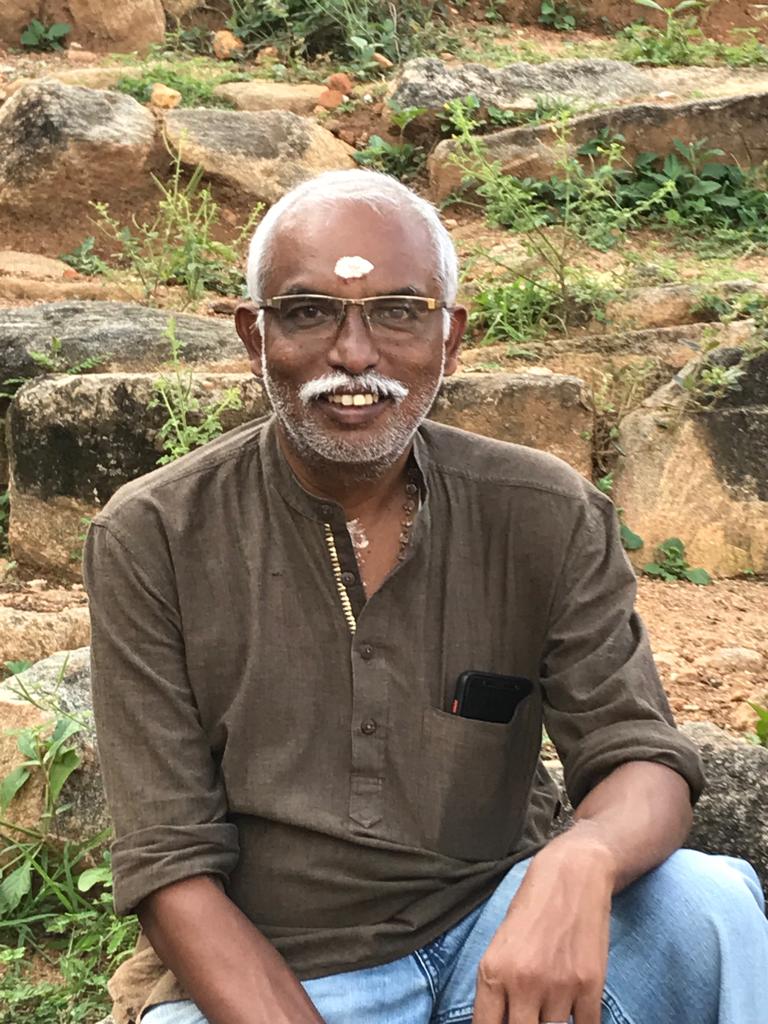
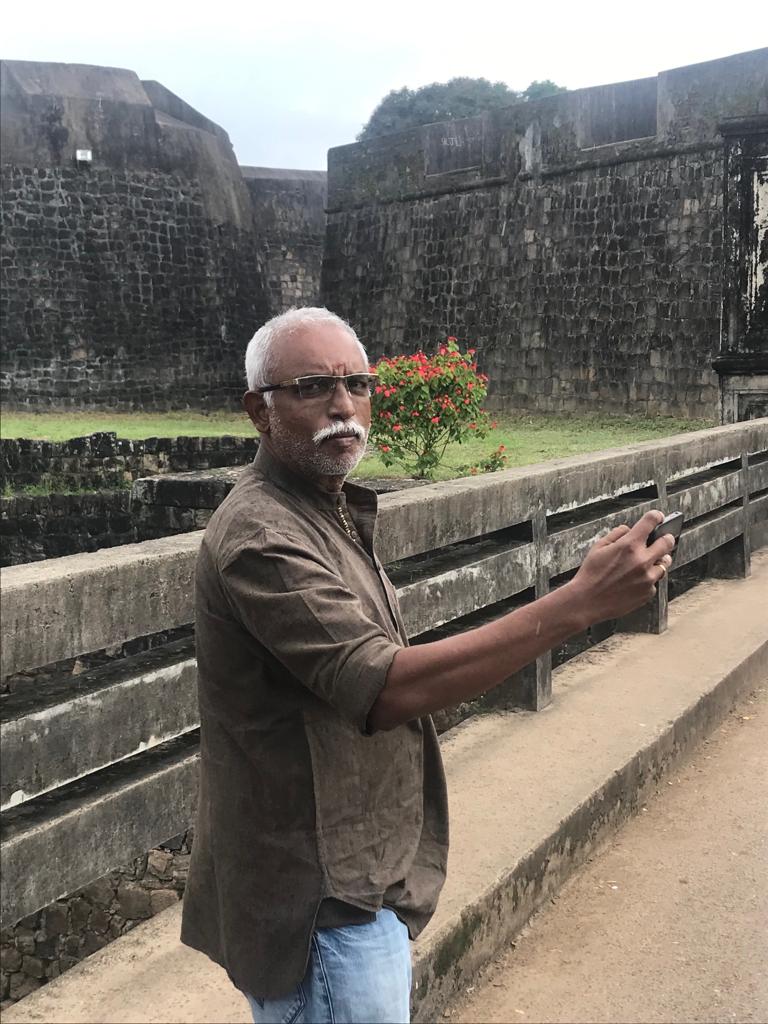
The Lord Anjaneya ( Hanuman ) within this fort was worshiped by the warriors of the yonder era. Here the Lord is known as Kote Anjaneya. Kote means fort in the south. A shed is found in front of the shrine. The figure of Lord Hanuman is found in the form of an ' Ardha Shilpa '. The warriors had been praying to the deity and had considered him as the ' God of Guards '. The image is south facing and Lord Hanuman is seen facing the West.
Kote Hanuman is about 17 inches tall and he is seen in a standing posture. A ' gadayudham ' or mace is held in the 'Anjali hasta ' ( folded hands ) and his tail is raised. The raised tail is curved and has a bell towards the end. Lord Hanuman is seen with his right leg forward and the raised leg indicates that he is ready to move. Lord Hanuman had inspired several of the warriors over the centuries. He had protected them during the times of peace and war. The warriors had plunged their faith on him.
Lord Anjaneya at the Palakkad fort continues to be a protector of the poor. One has to see to believe a few things. Thousands of devotees from Palakkad offer ghee for the lamp at the Kote Anjaneya temple on Tuesdays and Saturdays. The crowd begins from the early hours of the day. Lord Hanuman inspires several of his devotees and visits him in order to succeed in their missions. Kote Anjaneya continues to protect the vulnerable and marginalized.
Devotees visiting Kote Anjaneya will surely bring back inspirations that will ensure success in their missions. Balu Anna and myself were grateful to Kote Anjaneya for having blessed us with an opportunity to seek his blessings. The visit had made us realize the meaning of the statement ' Hari Sarvottama , Vayu Jeevottama '.
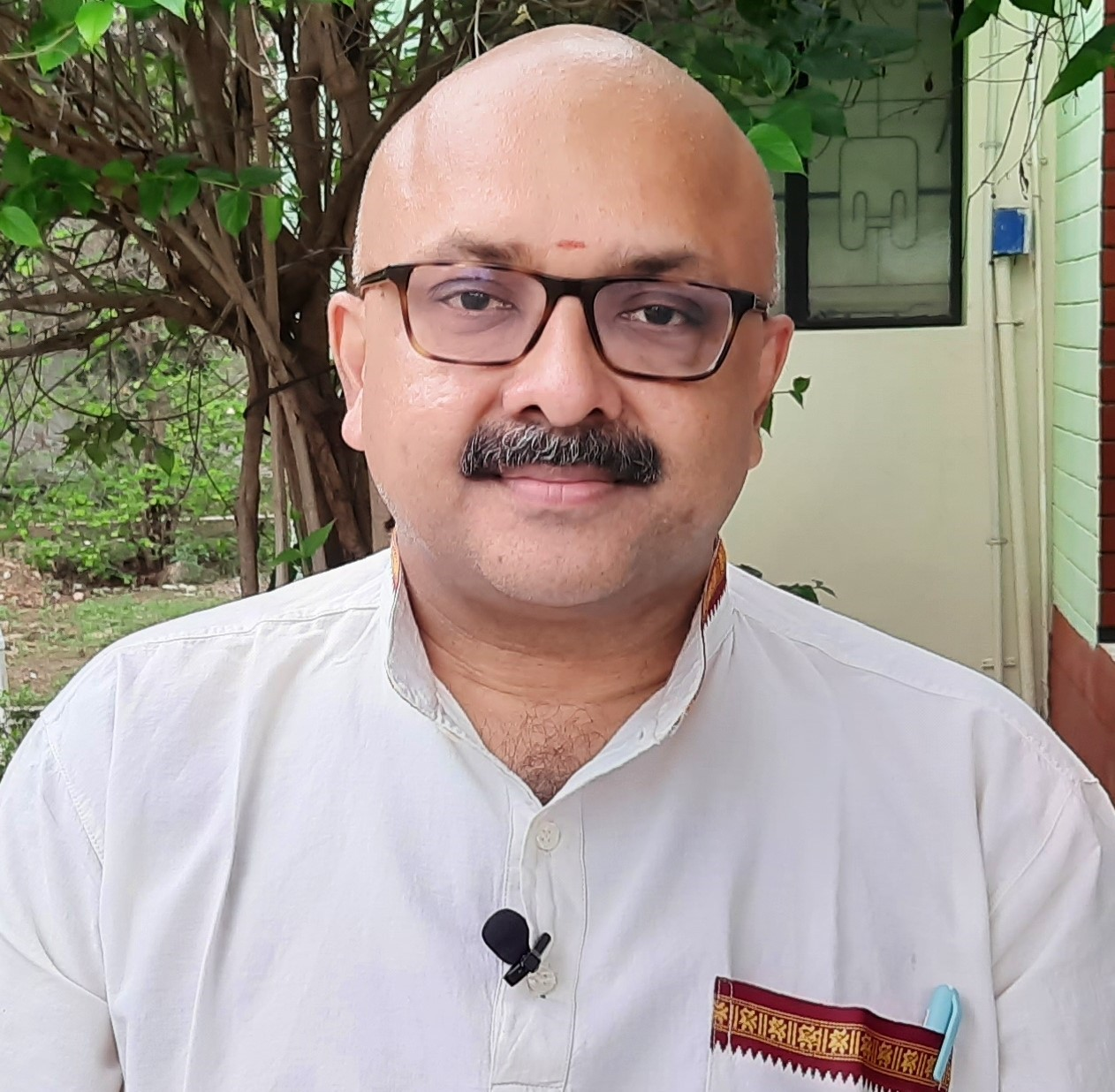 Mr. Rajesh Govindarajulu is one of the founding members of The Verandah Club Pvt. Ltd. He is a leading columnist, historian, jeweler, entrepreneur, and a heritage enthusiast who is earnestly working to revive the past in the light of the present. Experiential learning about the history of Coimbatore is his main course of interest and he is also a panel member of many colleges in the city.
Mr. Rajesh Govindarajulu is one of the founding members of The Verandah Club Pvt. Ltd. He is a leading columnist, historian, jeweler, entrepreneur, and a heritage enthusiast who is earnestly working to revive the past in the light of the present. Experiential learning about the history of Coimbatore is his main course of interest and he is also a panel member of many colleges in the city.
NEXT ARTICLE
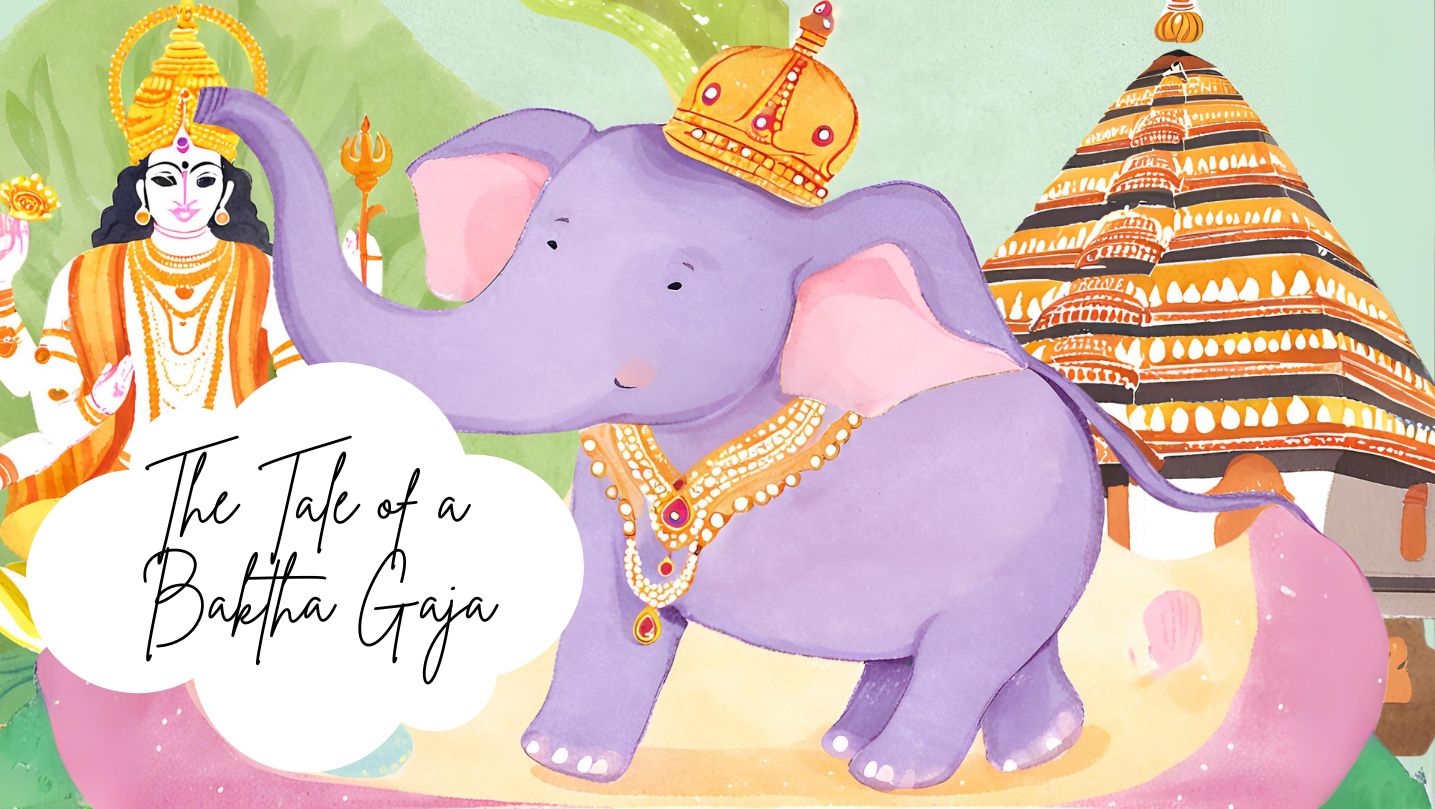
In the lush, green heart of Kerala lived an elephant who became a living legend - a tale of an elephant turned into a bakth. His name was Keshavan, bu...
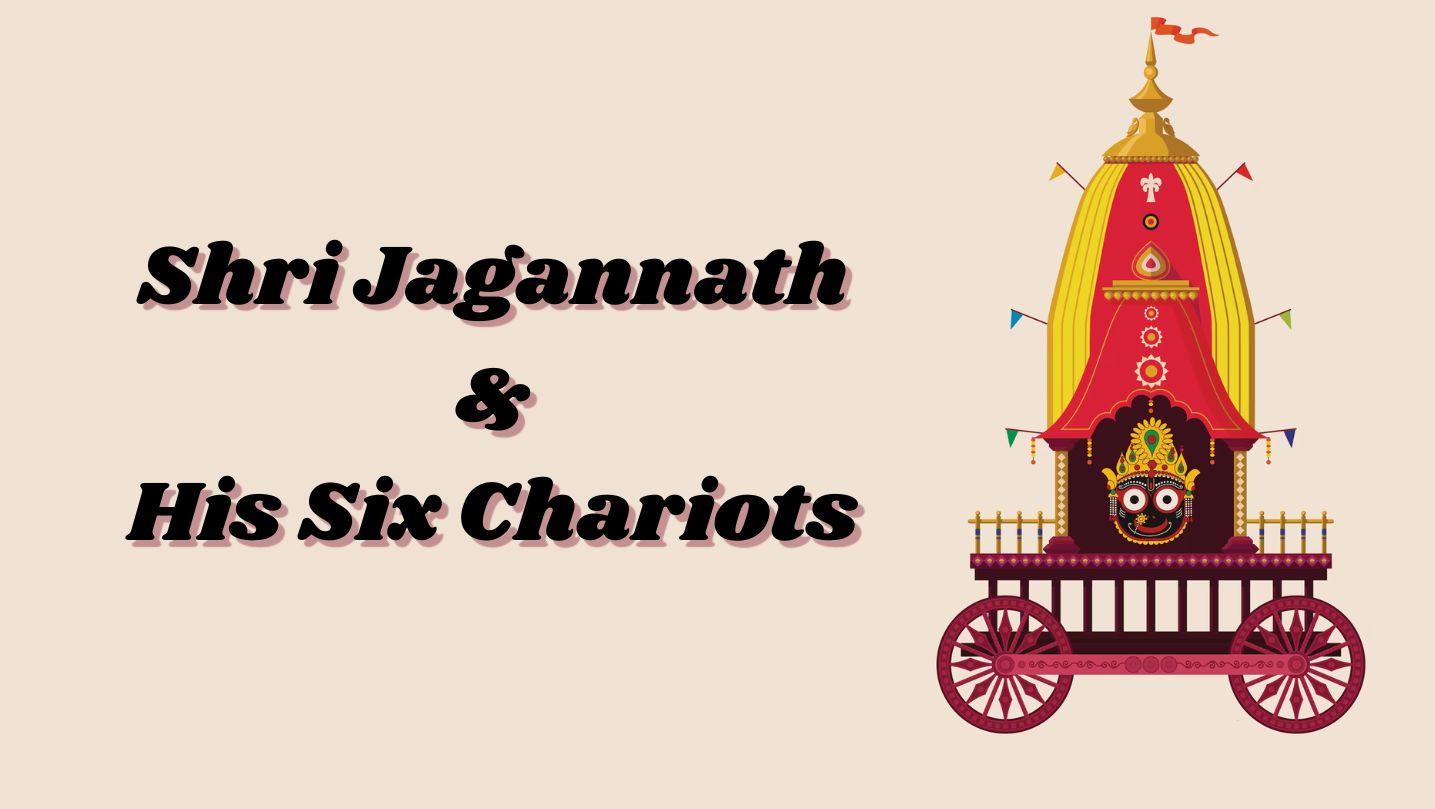
The Chaitanya Charitamrita by Shri Krishna Das Kaviraj provides a vivid description of the operations management of Shri Gundicha Yatra during the tim...
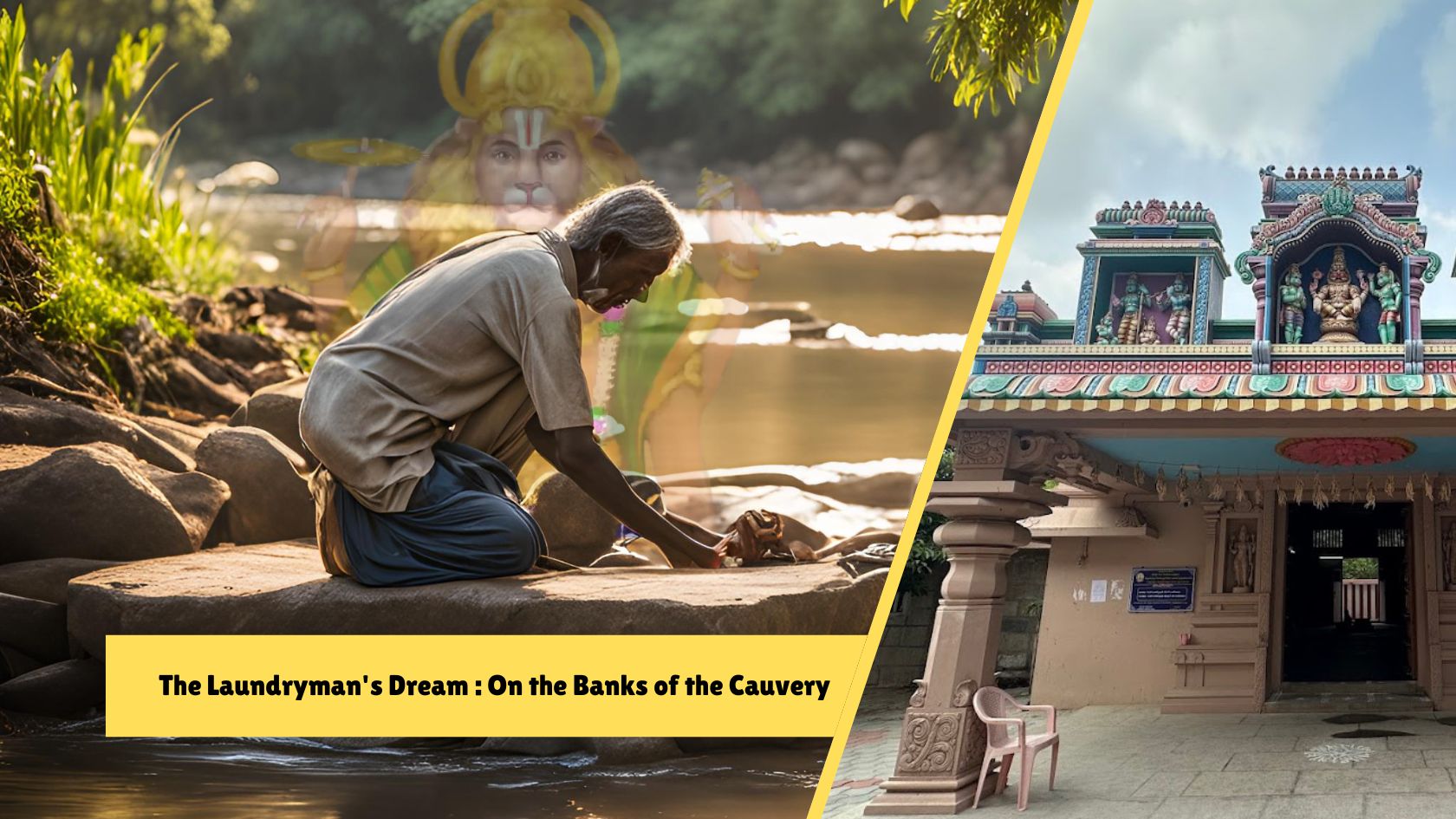
The sun beat down on my back as we stepped out of the car, the air thick with the humidity of rural Tamil Nadu. Chinthalavadi, a small village nestled...